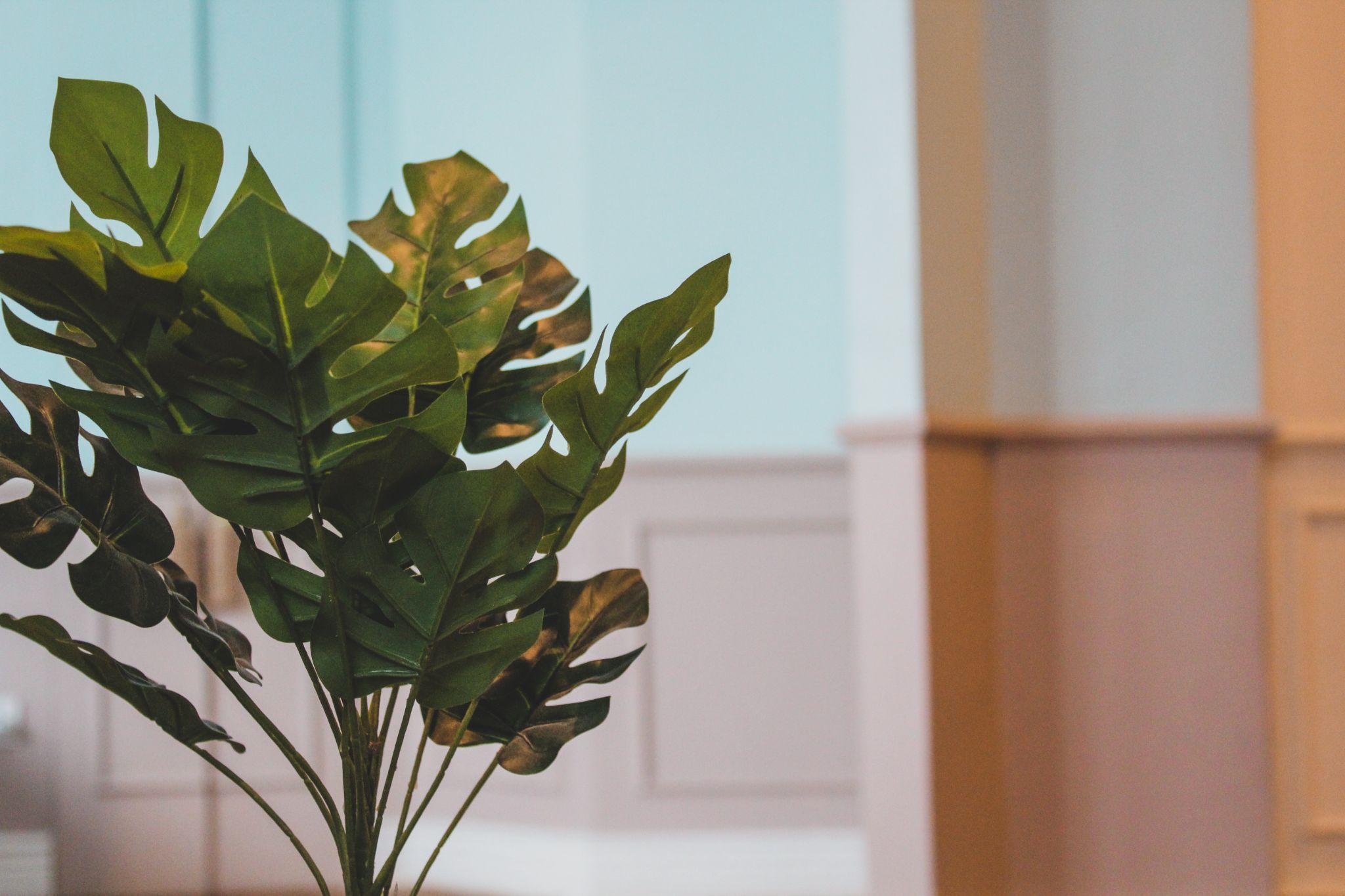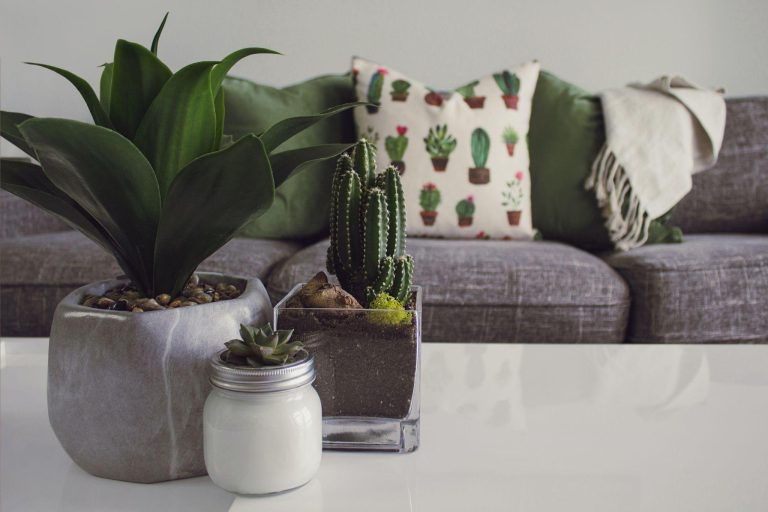Growing indoor plants has become one of the fast-rising hobbies in a post-pandemic world. Many people are now improving their green thumbs and filling their spaces with the houseplants they desire. Some grow them to boost their interior design, while others aim for a more calming environment.
Regardless of the reason, the good news is that growing plants are becoming a huge hit again, and people are quickly reconnecting with nature.
If you’ve been planning to grow an indoor plant in your house, keep reading below. This guide will tell you more about the importance of indoor plants, with decoration ideas you can try. Also, get to know some of the best plant options you can grow.
Why do you need to have indoor plants?
Generally, indoor plants help eliminate volatile organic compounds or VOCs. VOCs are chemicals emitted from household products like carpets, air fresheners, paints, cleaning solutions, and furniture pieces.
The most common VOCs include benzene, formaldehyde, and trichloroethylene. These chemicals can increase the risk of illnesses like certain cancers, respiratory conditions, and allergies. With indoor plants, you have natural air purifiers that help combat such pollutants by improving air quality and lowering VOC emissions.
Furthermore, interacting with nature can help alleviate stress and symptoms of chronic ailments like depression and anxiety. It’s the feeling we get when we stroll around forests or parks. It’s also the effect we can get being around indoor plants.
Moreover, indoor plants can also help boost productivity and creativity at home. That’s why they’re excellent additions to home offices or study rooms.
The good news is that most indoor plants require little care. That means newbie growers shouldn’t worry too much if they lack prior experience.
Decorating Your Home With Indoor Plants
Indoor plants are excellent additions to any home. Try the following tips in your space to ensure a more aesthetically pleasing arrangement.
Start small
Always start small if it’s your first time growing an indoor plant. Add one on a coffee table or any shelf and let it shine. Snake plants and pothos are some of the best options to achieve this effect.
Furthermore, going small or one per surface is also excellent if you’re going for a minimalist finish.
Create an ensemble
Sometimes, more and more when growing indoor plants. That means crowding your space with an array of foliage for a beautiful ensemble.
To achieve this, select a particular area in the house and arrange your plants, but not uniformly. Mix and match their width and height and throw in plants in different growth patterns, colors, and leaf shapes.
Combine trailing plants, flowering plants, and tall plants. Put some on pedestals while others stand on the floor for a playful finish.
Meanwhile, you must ensure that growing them doesn’t go out of hand. That means only including what you can care for.
Use stylish containers
Complement your indoor plants with visually-pleasing planters or pots. Go with different colors for that lively, garden-like feel in your home. However, don’t limit yourself to that idea.
Try extending your interior design preference to your containers. For instance, you can use a different look and shape for each indoor plant to achieve a creative boho style. Terracotta pots are perfect for a rustic feel, and woven baskets are for Scandinavian themes. Meanwhile, you can never go wrong with symmetric neutrals if you’re going for a minimalist finish.
Fill up your shelves
Adding an indoor plant on your open shelves offers a striking visual in your space. They provide a soft finish and a beautiful contrast to a shelf’s typical linear design. You can achieve this by including trailing plants only, like most species of philodendron. However, if you use them on shelves, ensure that you rotate them over time to get adequate lighting for the full foliage.
Meanwhile, succulents are also excellent options for filling gaps on shelves.
Fill your empty or awkward corners
Indoor plants are also excellent in awkward or bare spaces in the house. Apart from grouping plants in a corner, indoor trees like the fiddle fig leaf or the weeping fig are among the best options. They help create a striking focal point while making a corner pop. Indoor trees are also statement-makers, especially if you use one for a corner.
Another way to remove awkward corners is by making them functional. You can add a chair beside the plants to create a comfortable reading nook or resting area.
Furthermore, adding an indoor plant in empty spaces is ideal if it’s beside or close to a window. Doing this will create a seamless transition between your home and the outdoors.
Layer with height
If you prefer something other than grouping plants, you can arrange them on different parts of your home for a beautiful array. Hang trailing plants on walls or ceilings to maximize their growth. Meanwhile, place others on tables and floors, so they bloom upwards.
This scattered finish is perfect if you want a more indoor jungle vibe.
Bring life to your walls
Get rid of your dull, plain walls by incorporating indoor plants in them. You can nail shelves on your wall and add trailing plants on them. Try hanging them in different portions of the wall and ensure they’re not aligned. Doing this will create a beautiful cascading effect on your plants.

Best Indoor Plants To Have
The following are some of the best plant options that go well with the mentioned design tips. These are among the popular choices that are also widely available in all horticulture shops online and offline.
Pothos or devil’s ivy
Pothos (Epipremnum aureum) is among the most common indoor plants at home. These trailing plants are easy to grow and require little maintenance. For instance, they only need indirect sunlight and water every one to two weeks.
In addition, pothos helps remove VOCs from the air, reducing the risks of illnesses associated with such emissions.
Furthermore, it offers various color options for different types of home designs. Some of its notable colors include neon green, yellow, and white.
Snake plants
Also called “mother-in-law’s tongues,” the snake plant (Sansevieria trifasciata) is famous for its sword-like thick foliage that grows vertically. Sometimes they twist beautifully.
They’re also known for being extremely tough and drought-tolerant. Plus, they grow in various sizes, from 16 inches to four feet.
Moreover, snake plants grow faster in brighter spaces. They can also thrive in low light conditions but may grow slower. Furthermore, these plants are known to remove toxins from the air.
Succulents
If you’re looking for indoor plants that vary in shape and size, succulent plants are for you. Succulents are a group of plants often described as thick and fleshy. They’re small and often grown in pots made of clay or ceramic. Some famous succulents include aeoniums, aloes, cacti, agave, and crassula.
These plants are known for thriving with little to no care. They’re also drought resistant and don’t require regular watering, making succulents one of the best choices for beginner growers.
The best thing about succulents is that many options can match your style.
Philodendron
Philodendron is a large genus or group of flowering plants that are easy to grow and non-invasive. This genus contains hundreds of species with generally large and glossy leaves. All are excellent choices to add a tropical vibe to your indoor space.
You can grow philodendrons in different ways, depending on the species. Some species are vining or trailing, while others are non-climbing. Generally, they require little maintenance.
Furthermore, philodendrons prefer bright lights but can thrive with a bit of shade. They also thrive better with a moderate amount of soil moisture.
In addition, all species of philodendrons make for an excellent air purifier at home.
Monstera
Monstera or Monstera deliciosa are beautiful plants known for their giant glossy leaves with playful holes, earning them the nickname “Swiss Cheese” Plant. These plants are excellent if you’re going for a more tropical finish in your indoor space. Plus, they require low maintenance too. Monstera can grow anywhere as long as they have access to sunlight, and they only need water every week.
Spider plant
Spider plants (Chlorophytum comosum) are known for their flowering bloom and maintenance requirements. These plants are extremely easy to grow and thrive with little attention.
Furthermore, they also act as natural purifiers for your indoor space. They help clean out chemicals like benzene, formaldehyde, and carbon monoxide emitted within your home.
Fiddle leaf fig
If you’re looking for an indoor tree that can serve as a beautiful focal point in any room, the fiddle leaf fig (Ficus lyrata) is a classic choice. These plants offer large, glossy leaves that grow upright. Plus, it has an overall maximum indoor growth of ten feet.
Additionally, fiddle leaf fig requires minimum care. These plants prefer bright, filtered light and moderate amounts of soil moisture.
Turn Your Space Into a Haven
Indoor plants are an excellent addition to any home. Besides boosting interior design, they act as natural purifiers to protect homeowners from harmful toxins.
Generally, most houseplants are easy to grow. If you don’t have any gardening experience yet, start small. Gradually add more to achieve your ideal design, and reap all the benefits of having beautiful indoor plants around.

